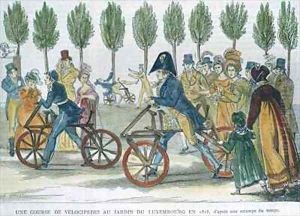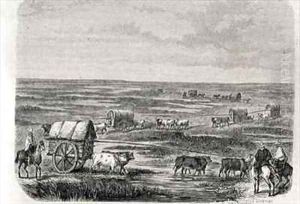Duvaux, Jules Antoine Paintings
Jules Antoine Duvaux was a French cabinetmaker who is not widely known in the art history canon, and as such, detailed biographical information about him is scarce, especially when compared to the major figures of art history. Born in 1748, Duvaux's life spanned a tumultuous period in French history, including the French Revolution and the Napoleonic Wars. It is important to note that there may be some confusion or lack of information regarding his life and works due to the commonality of similar names and the limited historical records from this era.
Duvaux would have been working during the late 18th century and the early 19th century, a time when French furniture design was marked by elegance and fine craftsmanship. Cabinetmakers of this period, such as Georges Jacob and Jean-Henri Riesener, were renowned for their sophisticated designs and exquisite marquetry. While Duvaux's work may not have gained the same level of fame, he would have been part of a craft tradition that valued detailed workmanship and the use of luxurious materials.
The lack of information could be due to several factors, such as Duvaux's possible status as a lesser-known artisan or the survival rate of his pieces. Many artisans of the time did not sign their works, making it difficult for historians to attribute surviving pieces to specific makers without documentation.
After the French Revolution, the style of furniture and decorative arts shifted, reflecting the changing tastes and political climate. The Empire style became prominent during the reign of Napoleon I, characterized by its use of classical motifs and imperial symbols. If Duvaux continued his craft into the 19th century, it is likely that his work would have adapted to these stylistic changes.
Jules Antoine Duvaux passed away in 1836. Due to the limited information available, his contribution to the arts may not be as celebrated or as well documented as that of his contemporaries. Nonetheless, every craftsman and artist of the time played a role in shaping the artistic legacy of their era, and Duvaux would have been no exception.


